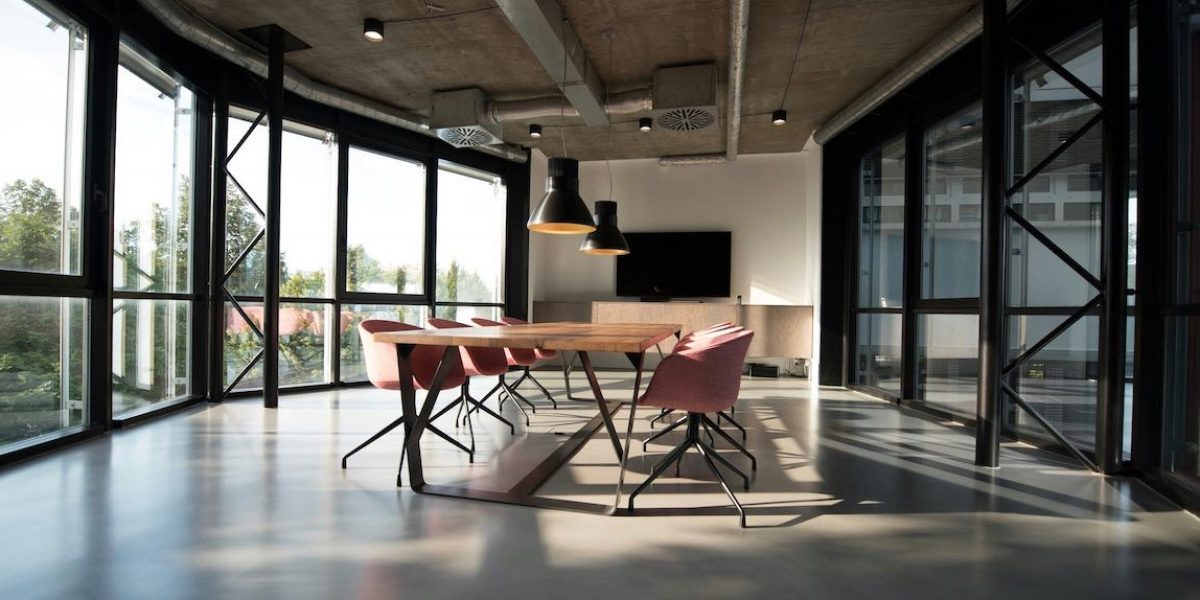How much does workspace organization affect productivity? The answer might be more significant than expected. An organized environment can reduce stress, improve focus, and foster efficiency. While it may not solve every productivity challenge, the arrangement of a workspace can play an essential role in creating an atmosphere conducive to getting things done.
Read also: The Evolution of Office Pantries: How They’re Keeping Up with Modern Times
Why Does Workspace Organization Impact Productivity?
The connection between an organized workspace and productivity is supported by research and practical observations. Cluttered environments often overwhelm the senses, making it harder to concentrate and complete tasks efficiently. Visual and mental distractions can cause individuals to lose focus, potentially reducing their ability to manage time effectively.
An uncluttered and thoughtfully arranged workspace, however, promotes mental clarity. When items are placed in logical locations and unnecessary objects are removed, it becomes easier to shift attention directly to the task at hand. This type of arrangement doesn’t guarantee success, but it removes common barriers to staying engaged.
What Are the First Steps to Organizing a Workspace?
Organizing a workspace starts with a close look at what is currently in use. Is the space functional, or does it feel chaotic? For many, the first step involves removing everything from the immediate working area. This process allows a fresh perspective on which items are necessary and which are simply taking up space.
As the workspace is reassembled, practical considerations become essential. Tools and supplies should be placed where they are easiest to access. The arrangement of furniture, such as desks and chairs, should encourage comfort and ergonomics. Simple adjustments like aligning a chair to support posture or positioning a monitor at eye level can make a significant difference in physical well-being, which, in turn, supports productivity.
How Can Accessibility Be Enhanced?
Accessibility is a cornerstone of an organized workspace. Frequently used items should remain within easy reach, reducing the time and effort spent searching for them. For example, keeping pens, notebooks, or a calendar nearby ensures these tools are available when needed without interrupting workflow.
Strategic use of storage solutions, such as drawers, shelves, or small containers, prevents clutter from reappearing. These tools help create clear zones within the workspace, ensuring items have defined homes. When objects are returned to their designated spots after use, the overall organization remains intact over time.
How Does Organization Reduce Distractions?
Distractions can disrupt even the most focused individuals. While a tidy desk can reduce visual clutter, it’s equally important to address digital and auditory interruptions. Notifications from devices can pull attention away from tasks, making it harder to regain focus. Silencing alerts during work hours or keeping devices out of sight can help limit these distractions.
Similarly, noise from a shared workspace or nearby environments may affect productivity. Solutions like noise-canceling headphones or a white noise machine can help minimize external disturbances. Balancing functionality and simplicity ensures the workspace remains conducive to sustained concentration.
What Habits Help Maintain Organization?
A well-organized workspace doesn’t happen by chance. Once order is established, maintaining it requires simple daily habits. Setting aside a few minutes at the end of each workday to tidy the area can prevent clutter from building up. This routine helps reset the space, ensuring it’s ready for the next day’s tasks.
Another helpful approach is adopting a “one-touch rule.” This principle encourages dealing with items—such as papers or tools—immediately, rather than letting them accumulate. For instance, filing a document as soon as it’s reviewed avoids the need for a larger cleanup later. Over time, these habits make organization feel natural and effortless.
How Do Lighting and Personalization Affect Workspace Productivity?
The physical environment contributes significantly to the overall feel of a workspace. Lighting, for example, can influence both mood and productivity. Natural light is ideal whenever possible, as it reduces eye strain and enhances alertness. If this isn’t an option, soft, adjustable lamps can provide adequate illumination without being harsh.
Personalization also plays a role in creating an inviting and comfortable workspace. Small touches, such as a plant or a photo, can make the area feel more enjoyable while maintaining a professional atmosphere. However, it’s essential to strike a balance. Over-personalization can add unnecessary distractions, so it’s best to focus on functional additions.
Can Technology Improve Workspace Organization?
Technology can serve as a valuable tool in keeping both physical and digital workspaces tidy. For instance, task management software can simplify project tracking, ensuring priorities remain clear. Organizing digital files, folders, and emails is just as crucial as managing physical items. A clean virtual workspace reduces time spent searching for documents, much like a tidy desk eliminates unnecessary searching for tools.
Going paperless where practical is another way technology can support organization. By digitizing files and notes, physical clutter decreases while access to information improves. These systems do require discipline to manage effectively, but they offer long-term benefits in terms of space and efficiency.
Read also: Transforming Denver’s Office Space: The Power of Collaborative Workspaces
What Mindset Encourages Long-Term Productivity?
Creating an organized workspace is only part of the equation. The mindset cultivated within that space is equally important. A workspace that supports clarity and comfort encourages individuals to stay engaged and focused. It’s not about perfection but about designing a space that removes unnecessary hurdles to productivity.
Small, consistent efforts can yield significant results over time. Regular reviews of the workspace ensure it continues to meet evolving needs. As habits develop, the workspace naturally reflects a commitment to staying productive and organized. While challenges will arise, the foundation of an efficient environment makes them easier to tackle.
By combining thoughtful arrangements, daily habits, and supportive tools, anyone can create a workspace that fosters productivity and focus. Small changes, such as clearing clutter or improving lighting, can significantly enhance the ability to work effectively. A well-organized space doesn’t just look better—it provides a framework for clearer thinking, smoother workflows, and more satisfying accomplishments.








